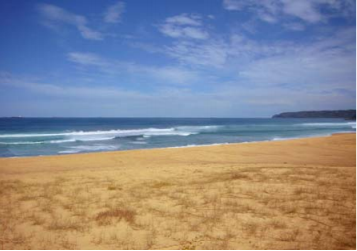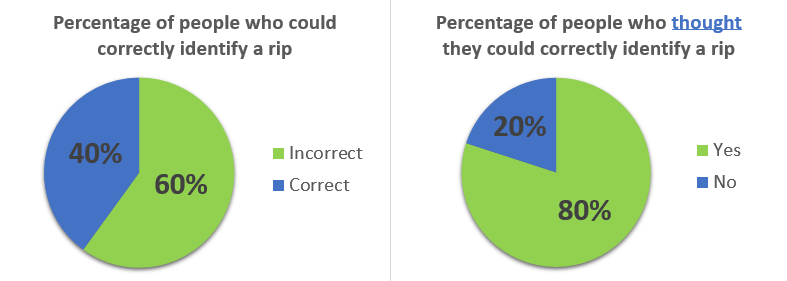Science of the Surf: baseline survey
Case Study
Country: Australia
Author: Dr Julie Hatfield
Organisation: University of New South Wales
Aims
To assess the beliefs and behaviours of beachgoers in relation to beach flags and rip currents, to inform the development of an intervention to reduce beach drowning.
Background
With the Australian coastline spaning over 30,000 kilometres beaches are one of Australia’s greatest natural resources. Nonetheless, beaches may present natural hazards, such as powerful shore breaks and rip currents, or rips. Rips are strong currents that take water back out to sea and are able to carry a person more than 100 meters offshore in less than a minute. Rips are the major cause of surf drownings and rescues in Australia. Most rip-related drowning deaths occur on unpatrolled beaches or outside of patrol hours.
The end goal of the Science of the Surf project was to provide people with basic knowledge about beach safety, enabling them to make informed decisions about where to swim. Following a baseline survey which investigated what type of information would be most useful to beach users, a beach safety campaign was developed and implemented. An evaluation was performed, investigating the campaigns reach and its effectiveness in promoting key campaign messages.
Methodology
A baseline survey was performed at two coastal sites in New South Wales, Australia. Randomly selected people (aged 14 years or older) were interviewed on patrolled and unpatrolled beaches. They were asked 26 questions about their personal characteristics and their beliefs and behaviours relevant to beach safety, including their knowledge about rips and other beach hazards. As part of the interview, people were asked to identify the safest place to swim on a number of photographs, including the one below, picturing an unmarked rip on the right hand section of the shore.

Results
A total of 175 males and 200 females responded to the survey. It was found that:
- When shown the photo below, nearly half of respondents classified the rip as the safest place to swim due to the water seeming calm
- Although 80% of people thought they could identify a rip, only 40% of respondents could confidently and correctly identify the rip pictured in the photo below
- Beach locals were more likely to correctly identify a rip than holiday-makers
- Although knowledge about what to do if caught in a rip was good, several people admitted that they would panic in this situation. Panic is known to increase risk of drowning when caught in a rip.
References
Hatfield, Julie, et al. "Development and evaluation of an intervention to reduce rip current related beach drowning." Accident Analysis & Prevention 46 (2012): 45-51.
Further information/resources
Rip currents factsheet (PDF 109KB)
Waves factsheet (PDF 158KB)
Myths factsheet (PDF 27KB)
Can you spot a rip? quiz (PDF 877KB)
Can you spot a rip? poster (PDF 1,411KB)
Sherker, Shauna, et al. "Beachgoers’ beliefs and behaviours in relation to beach flags and rip currents." Accident Analysis & Prevention 42.6 (2010): 1785-1804.
Williamson, Ann, et al. "A comparison of attitudes and knowledge of beach safety in Australia for beachgoers, rural residents and international tourists." ANZJPH 36.4 (2012): 385-391.

- Beachgoers were interviewed 1 year prior to campaign implementation, to assess baseline beliefs and behaviours relating to beach safety
- Beachgoers were interviewed directly post-campaign implementation, to assess penetration and recollection of campaign components, and changes in beliefs and behaviours
- Consenting post-campaign respondents were mailed a follow-up questionnaire 4-6 months after campaign implementation, to assess retention and durability of changes.
“The project [has informed] the development of a communications campaign toolkit for rip current safety and swimming between the red and yellow flags.”
Step 1
Assess the situation